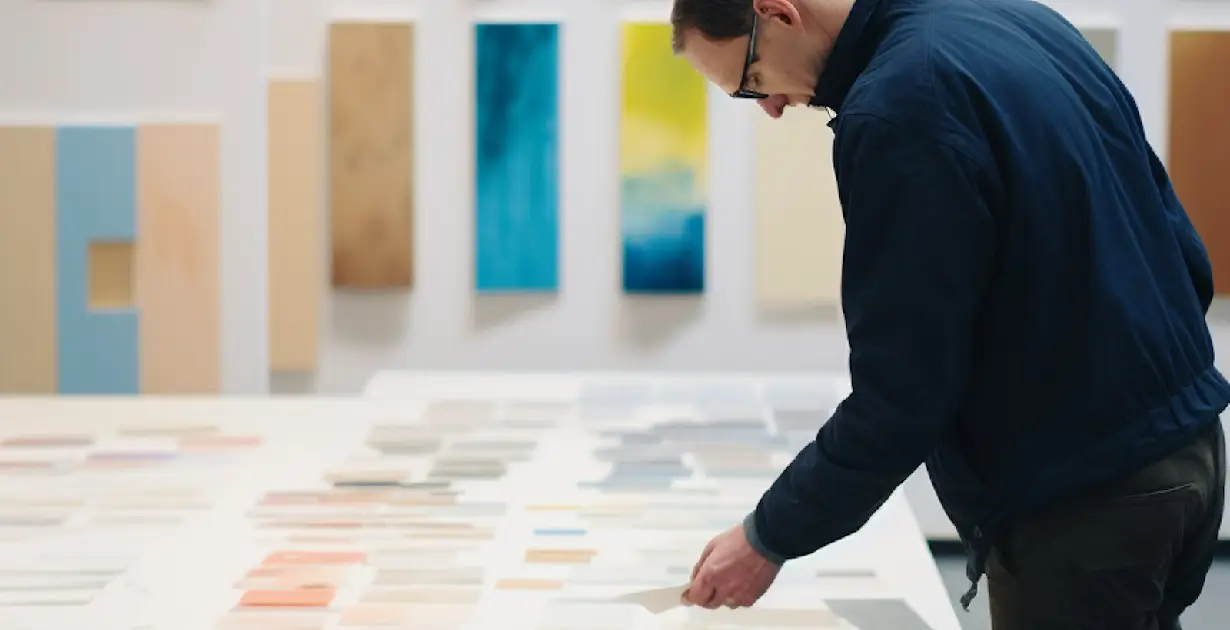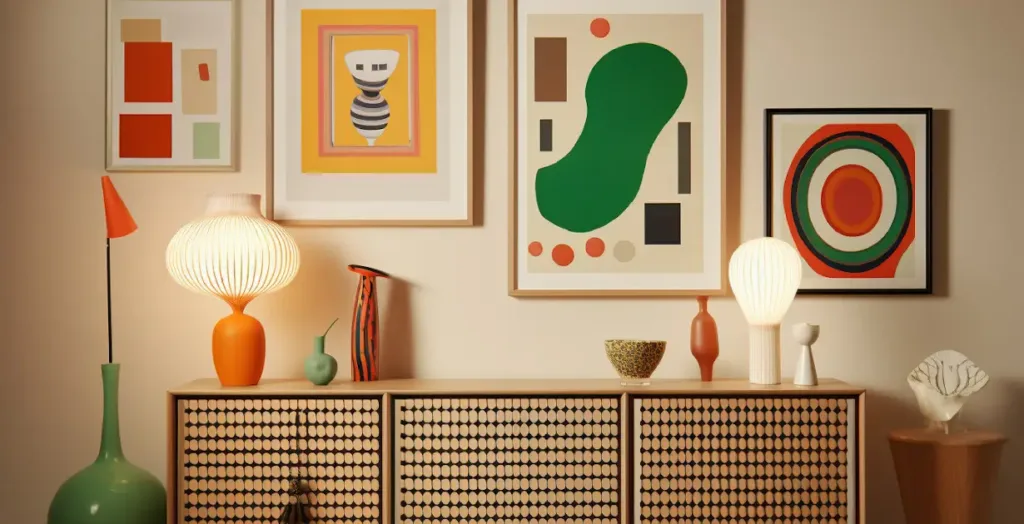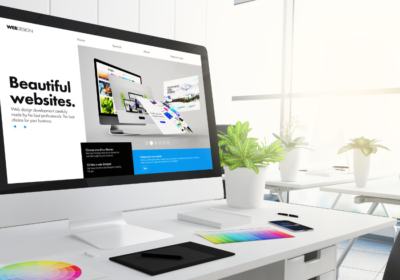Creating a Mood Board for Design Inspiration

A mood board is an essential tool for gathering and visualizing ideas during the creative process. It helps designers align concepts, explore aesthetics, and streamline the development of a cohesive project. Whether you’re working on a website, branding, or a personal project, a well-crafted mood board can set the tone and spark creativity.
What Is a Mood Board?
A mood board is a collage of images, textures, colors, fonts, and other elements that visually communicate the overall direction of a design project. It serves as a reference point, helping designers maintain consistency and clarity.
Why Use a Mood Board?
- Align Vision
A mood board helps clients and team members visualize the designer’s ideas, ensuring everyone is on the same page. - Explore Aesthetics
Experiment with different colors, styles, and layouts to find the best fit for your project. - Enhance Creativity
Use a mood board to explore diverse inspirations and push the boundaries of your design approach.

Steps to Create a Mood Board
1. Define Your Theme
Decide on the purpose of the project and the emotions you want the design to evoke. For example, a vibrant theme might include bold colors and energetic fonts, while a minimalist theme would focus on clean lines and neutral tones.
2. Collect Inspiration
Gather visual elements such as:
- Images from websites like Pinterest or Behance.
- Swatches of colors or textures that reflect your concept.
- Typography samples that convey your message.
3. Organize Your Elements
Arrange your elements in a way that tells a visual story. Group similar items together, such as color schemes, font styles, and image themes, to create a cohesive look.
4. Use Tools or Software
Digital tools like Canva, Adobe Spark, or Figma simplify the process of creating mood boards and allow easy adjustments.
5. Review and Adjust
Share the mood board with clients or collaborators for feedback. Adjust elements to better align with the project’s goals.
Benefits of a Mood Board
- Consistency: Keeps your design consistent across all elements of the project.
- Clarity: Clearly communicates your vision to clients and stakeholders.
- Efficiency: Saves time by minimizing misunderstandings during the design process.
Tips for an Effective Mood Board
- Focus on Your Audience
Tailor your mood board to the preferences of your target audience or client. - Stay Flexible
Be open to experimenting and revising as you receive feedback. - Keep It Balanced
Avoid overcrowding your mood board; instead, focus on key elements that drive the design.
Creating a mood board is a powerful step in the design process, helping you organize inspiration, refine ideas, and build a foundation for your project. By combining creativity with clear structure, a mood board can transform abstract concepts into a compelling visual narrative.
Looking for professional design guidance? Contact us today to bring your vision to life.
Email: mediavaccine@aol.com
Phone: +1 (204) 647-5998
see more related topics here.



